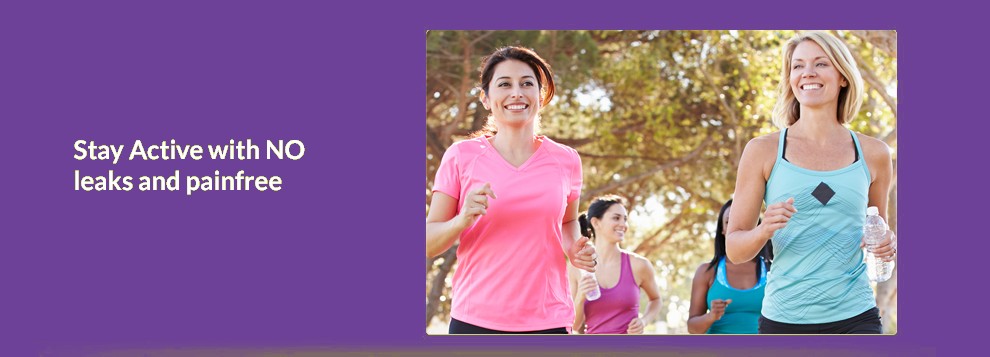Physiotherapy in Toronto for Baseball
Q: I'll admit, I'm a bit of a hotshot athlete. I always like to push the envelope to be faster and better than anyone else on the team. Right now, I'm out on rehab leave for elbow surgery. They had to redo my ulnar ligament. The therapist has given me a printout of what I can and can't do week-by-week for the next six months. I'm thinking I'd like to move that up as quickly as possible. What can I skip?
A: In the elbow, two of the most important ligaments are the ulnar collateral ligament and the lateral collateral ligament. The ulnar collateral is on the inside edge of the elbow, and the lateral collateral is on the outside edge.
Together these two ligaments connect the humerus (upper arm bone) to the ulna (forearm bone) and keep it tightly in place as it slides through the groove at the end of the humerus. These ligaments are the main source of stability for the elbow. They can be torn when there is an injury or dislocation to the elbow. If they do not heal correctly the elbow can be too loose, or unstable.
That last statement is the most important one for patients to understand. Pushing too fast, too far in the rehab protocol can result in a failed surgery and long delays in returning to sports activities. It might help you to know that studies on cadavers have shown how the graft will fail with very low number of loads placed on the elbow. For example, a native (healthy, strong) UCL can withstand over 2500 pitches. The reconstructed graft gives out after only 300 to 700 cycles. Without the proper length of time needed for healing and without the necessary strength, you are at risk for graft failure.
Reconstructive surgery is meant to stabilize the elbow while rehab restores motion, strength, and function. But the rehab portion must go slowly and according to the load the healing tissue can handle. That's why your therapist has given you a road map, so-to-speak. Athletes who know what to expect and can see the progression from beginning to end are more likely to follow the program exactly as ordered. For the best results, listen to what your surgeon and therapist tell you. Feel free to ask questions. The more you understand about the process, the more likely you will have a successful (and hopefully speedy) recovery.
Reference: Todd S. Ellenbecker, DPT, et al. Current Concepts in Rehabilitation Following Ulnar Collateral Ligament Reconstruction. In Sports Physiotherapy. July/August 2009. Vol. 1. No. 4. Pp. 301-313.






